Do you have a question about this product?
Ask us your question
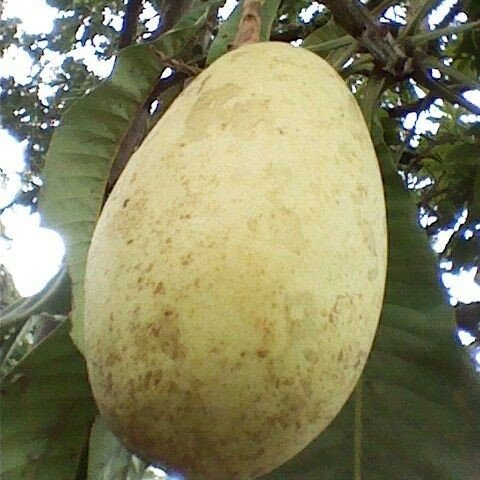

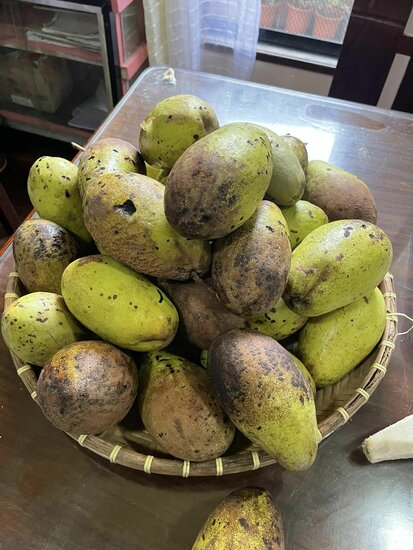
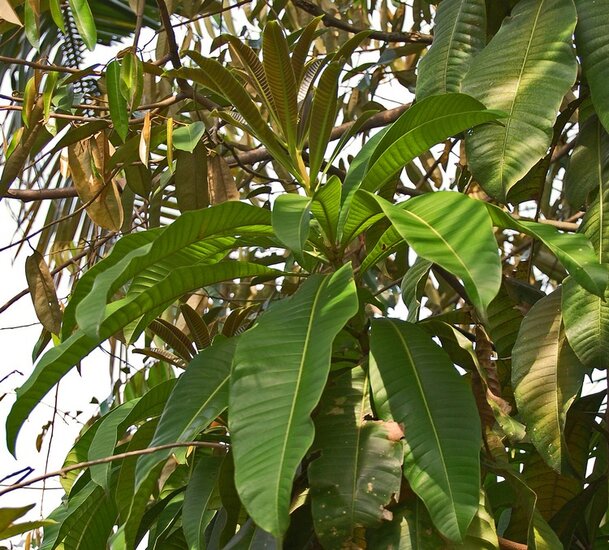
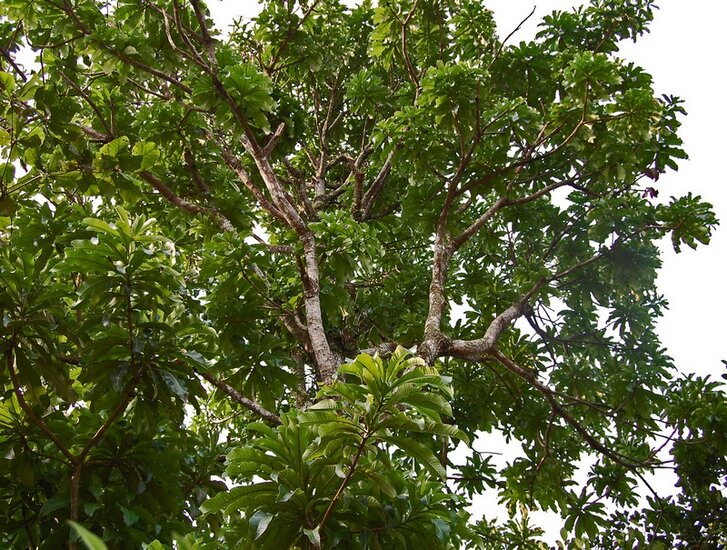
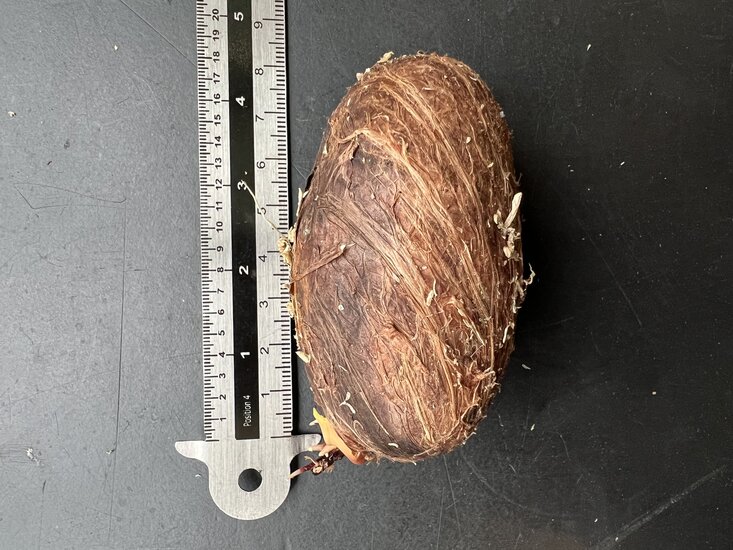

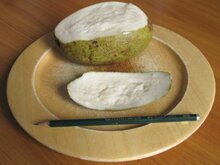




Product description
This rare mango species is known locally as the binjai or wani mango, though in English it is more commonly referred to as the white mango due to the fruit's white pulp. The white mango is a popular species in Southeast Asia, prized for its delicious sweet and sour taste and the fact that it is less fibrous than most mango’s. It can fetch a high price in local markets. The fruit is versatile and can be eaten either raw or cooked. It is often used as an ingredient in creamy juices and as a base for sambal. However, care should be taken with unripe fruits, as their white sap can be highly irritating to the skin and mouth. The fruits have a strong, pungent odor, often compared to that of the durian fruit.The tree can reach a heigh of up to 45 meters and can yield thousands of fruits at once, making it an absolutely massive tree. However, the plant will remain smaller in a pot and pruning can be done when needed. The tree is commonly cultivated in regions like Bali, Sumatra, and Borneo, where it thrives along marshes and riversides that flood periodically. In its natural habitat, the tree grows best in areas with consistent rainfall throughout the year. Therefore, when grown indoors, it is important to provide ample water and maintain high humidity with a minimum temperature of around 10 degrees Celsius.
Sowing description: Sow the seeds on their side in sowing mix at a temperature of around 25-30 degrees Celsius. Keep the soil constantly moist.
Product specification
Family:
Anacardiaceae
Scientific name:
Mangifera caesia
Common name:
White mango
Native to:
Borneo
Sowing time:
All year round
Difficulty level:
Intermediate
Minimum temperature:
10 degrees Celsius
Do you have a question about this product?
Ask us your question
Product specification
Family:
Anacardiaceae
Scientific name:
Mangifera caesia
Common name:
White mango
Native to:
Borneo
Sowing time:
All year round
Difficulty level:
Intermediate
Minimum temperature:
10 degrees Celsius
Add review
Write a review about this product.
Reviews
View all reviews from our customers below
5,0
on the basis of 1 reviews
The seed came in excellent condition and germinated. Within a few weeks is 10cm high and grows indoors. Very, very happy that I will be able to grow this rare mango.



